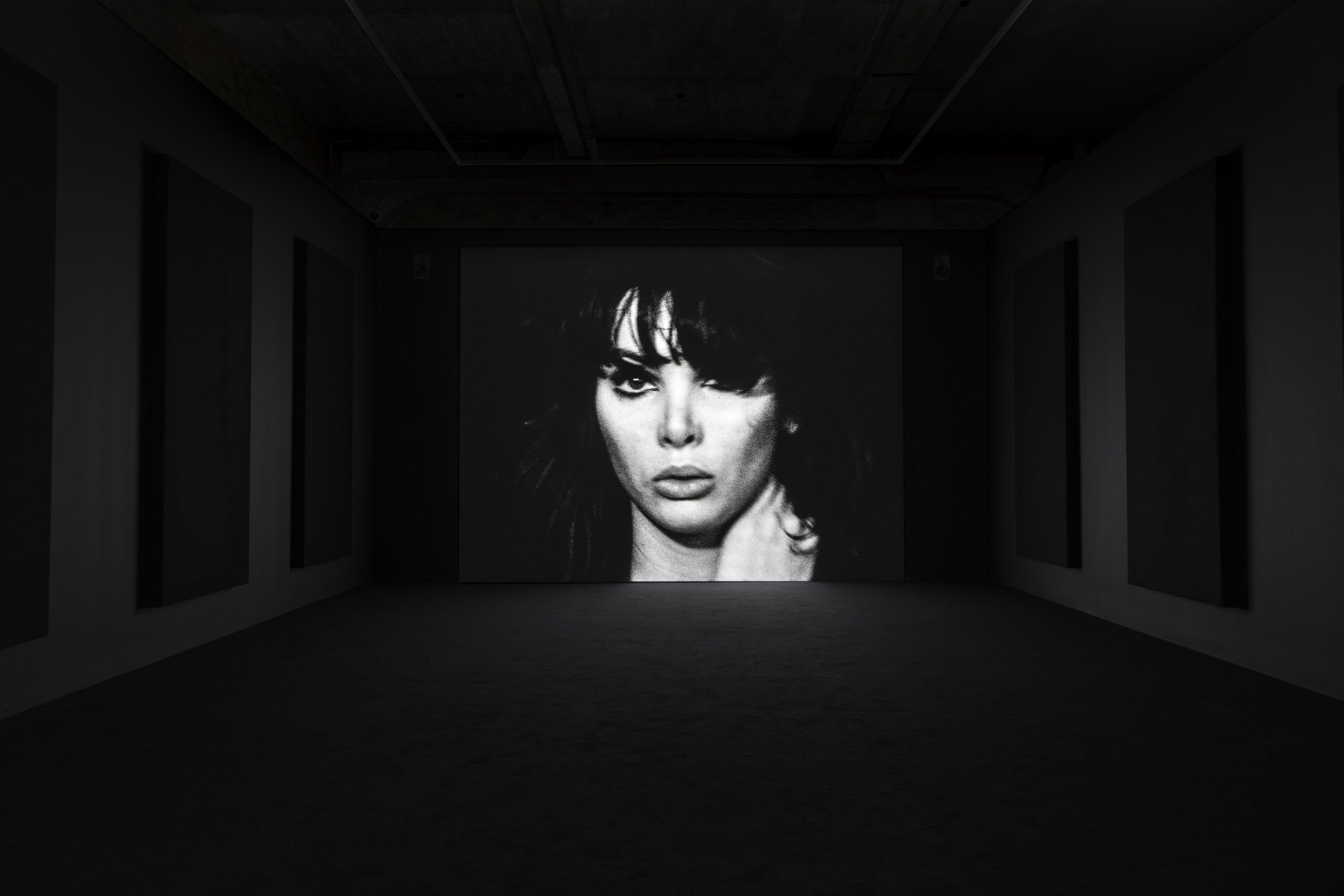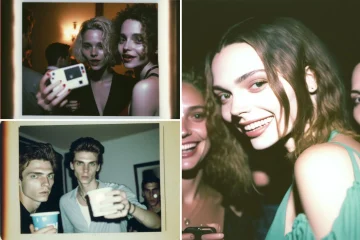
Pop singer Toni Basil strikes pose after pose in Bruce Conner’s ‘BREAKAWAY’ (1966), an experimental film that opens like a flipbook fashion feature – the kind that sells you clothes by selling the fantasy of living in the model’s skin.
‘Skin’ is the operative word here, with Basil in black bra and black trousers with polka dot cutouts against a black backdrop. She sashays with hands on hips, now by her head, now outstretched, prancing to her hit song ‘Breakaway’: a driving Motown anthem that would have had Blackpool Mecca or Wigan Casino up for days were there enough talcum powder to grease their dancefloors.
She sashays with hands on hips, now by her head, now outstretched, prancing to her hit song ‘Breakaway’
Casual guitar keeps time with dogged snare, punctuated by a syncopated piano hook, while Basil sings, ‘Hey, hey / I got a 20 pound ball hanging by a chain around my neck / I got to get away / before I become a wreck’. All the while Bruce Conner’s rapid cuts make the scene flicker as a strobe light, Basil now in a white slip dress, now a pouting face with thrashing arms.
Conner’s wild zooms throw Basil as a spectral smear of white against the empty backdrop. Cut. Cut, and she’s human again. It’s a familiar if frenetic editing style for audiences today, but one that would have been radical in its time, considering the staid and static shots popular in mainstream Hollywood cinema of the 60s; considering the amount of time Conner would have spent hunched over a flatbed editor physically cutting and splicing film into this restless collage.
Conner’s wild zooms throw Basil as a spectral smear of white against the empty backdrop. Cut. Cut, and she’s human again
Conner’s process is as radical as it is radical, in the 60s surfer sense. The experience of coolness or grooviness here is as catchy as a lyric – say, ‘breakaway from the everyday’, a call to action embodied in Basil’s brash movement.
Basil, now naked, leaps with arched back, as the band continues to push forward, even as the song fades out. Then Conner’s film reverses, revealing itself as a palindrome, now playing end to beginning. The back-pedalled soundtrack fades in, with Basil returning again as an arc in darkness, this time to a slurry of sound reminiscent of the ‘backmasking’ techniques and tape loops popularised by The Beatles.
Hearing the track unravel, our attention sharpens with the sense that if we listen close we might detect a hidden message, even as we understand that the medium is the message, and that Basil is our medium. She bridges the gap between this world and another, appearing again as a ghostly whiteness in black, now once again as an emerging pop star in her twenties going stratospheric.
She bridges the gap between this world and another, appearing again as a ghostly whiteness in black
Undeniably an object of the male gaze, Basil is at the same time the subject, the star of a kind of proto-music video. Reflecting on the experience years later, she says, ‘I really did have the same vision as [Conner] did, and since I was the vehicle, I knew I could drive the vision.’ And drive it she does, though exactly how or why is hard to pinpoint. Any attempt to do so risks breaking the spell of that ineffable quality that makes some people magnetic or watchable, even if you’ve already watched them before, posing in black bra and black trousers with polka dot cutouts against a black backdrop, stroboscopically flickered.
Even if you’ve watched this before, you’re inclined to watch it again, beginning to end, end to beginning, as this is ‘BREAKAWAY’, 1966, and this is Toni Basil and Bruce Conner tripping the play of light we call cinema.



